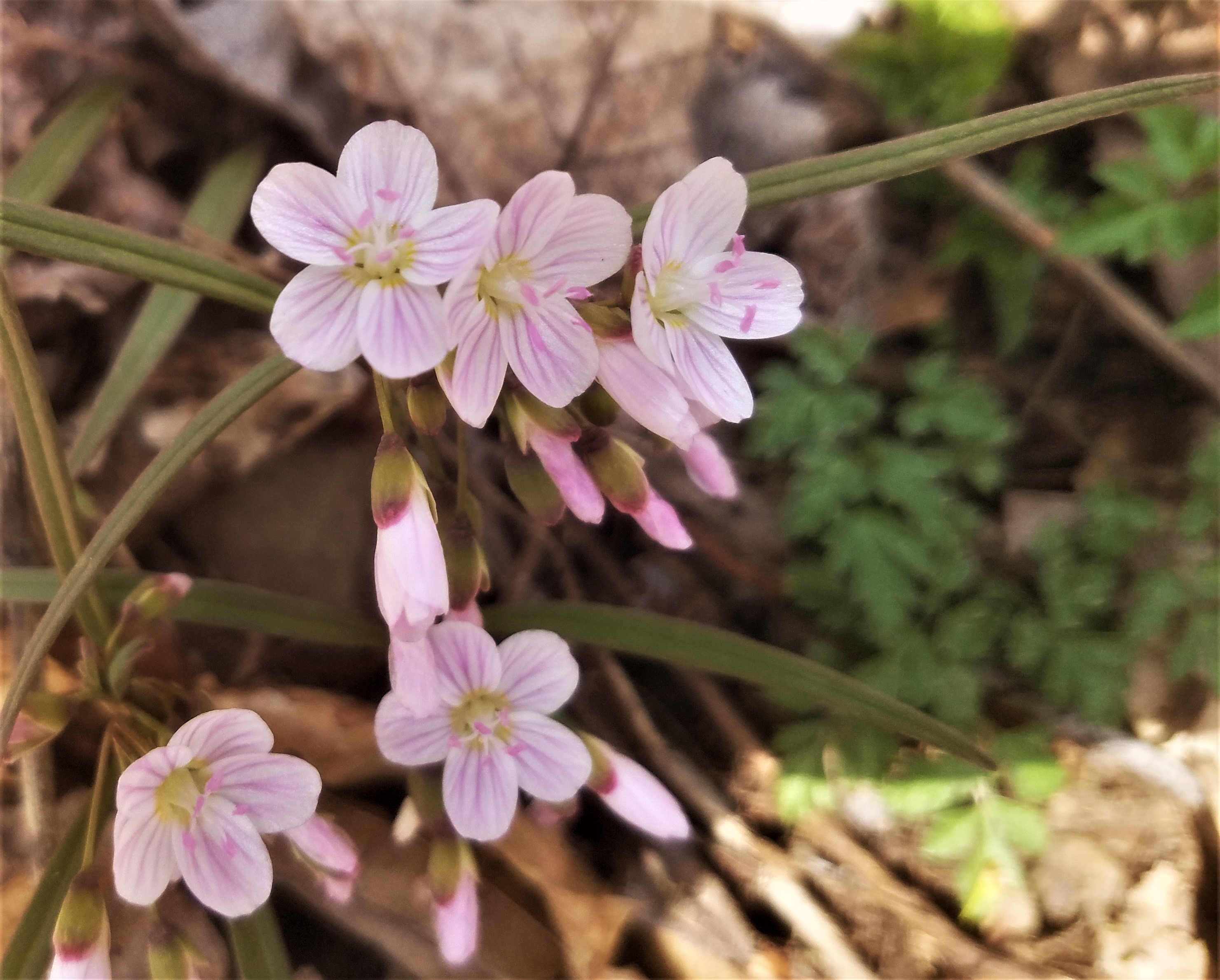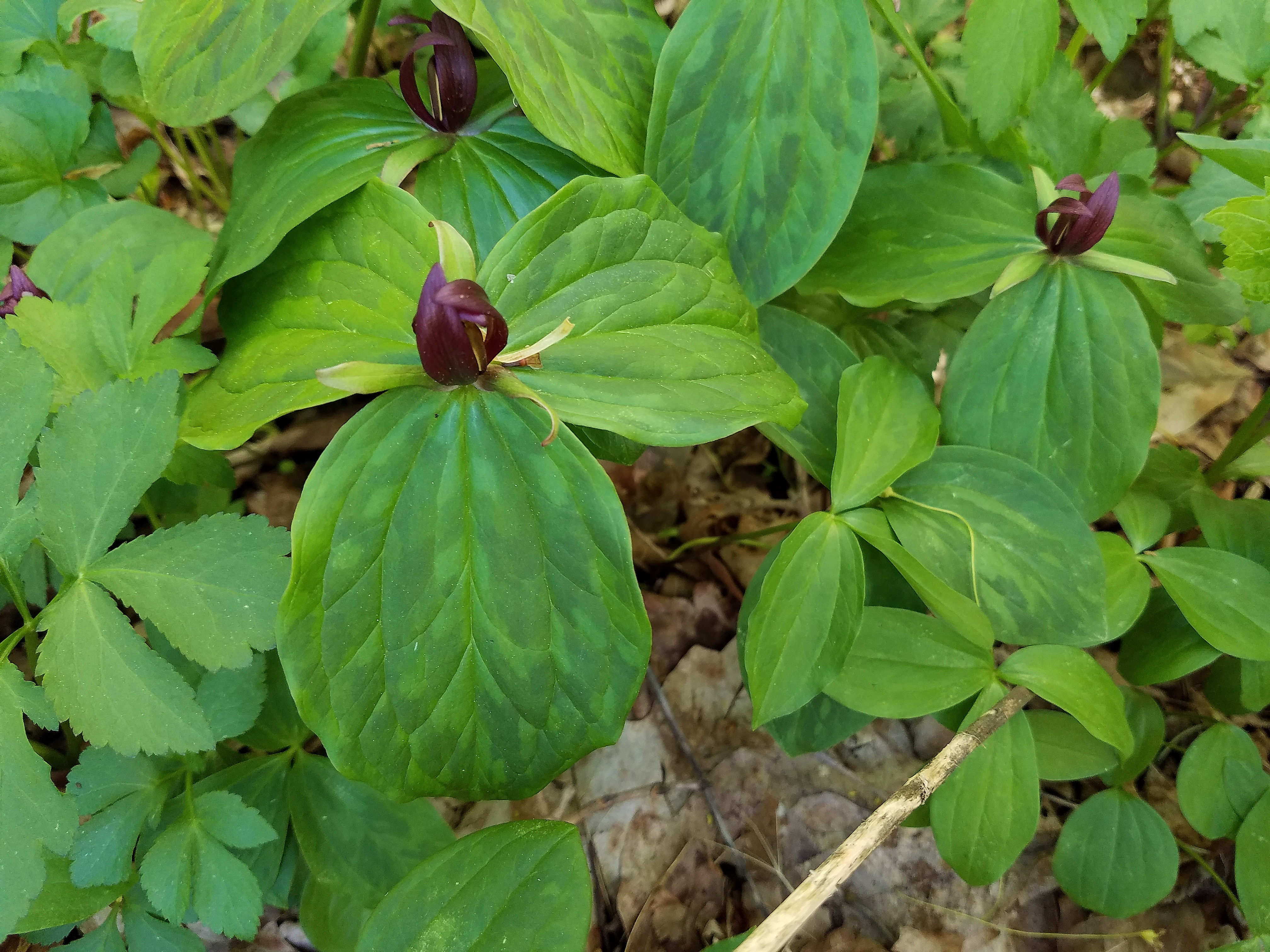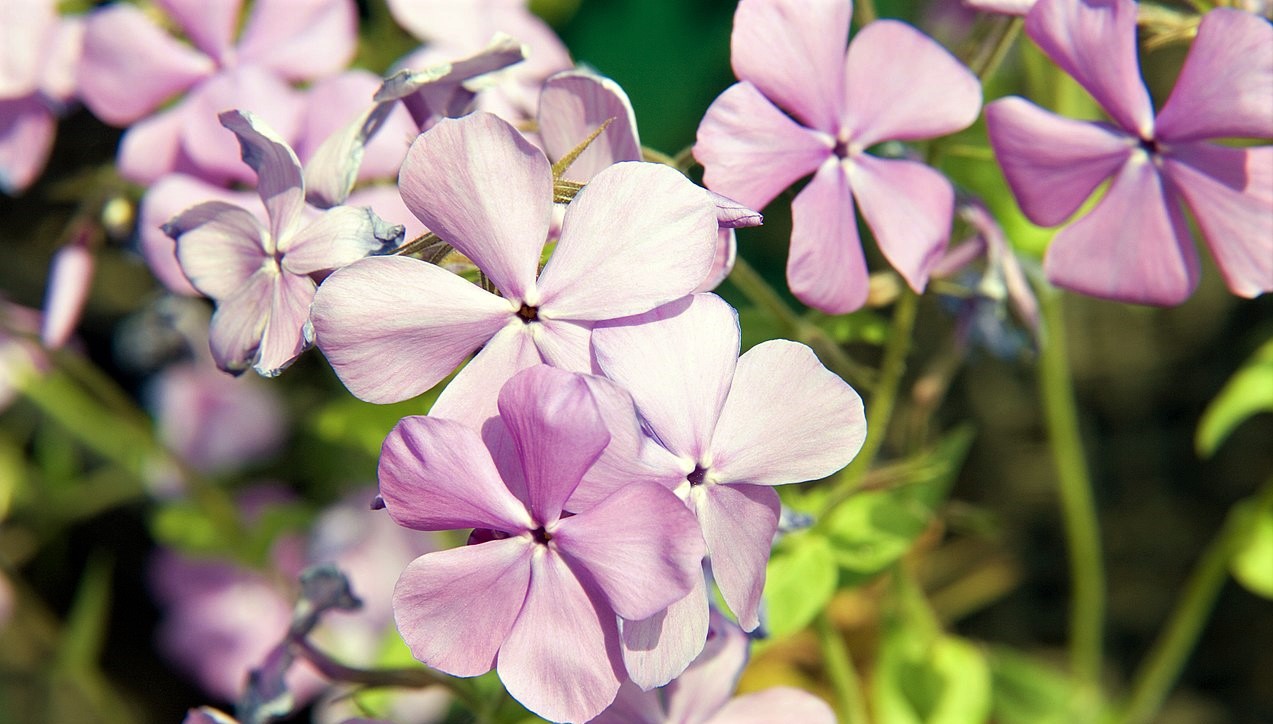Blog

#bioPGH Blog: Blooming in Community
 A resource of Biophilia: Pittsburgh, #bioPGH is a weekly blog and social media series that aims to encourage both children and adults to reconnect with nature and enjoy what each of our distinctive seasons has to offer.
A resource of Biophilia: Pittsburgh, #bioPGH is a weekly blog and social media series that aims to encourage both children and adults to reconnect with nature and enjoy what each of our distinctive seasons has to offer.
Have you ever noticed when you’re out in the woods that we often find some of the same species near each other? For example, maples, beeches, and tulip poplars often grow in forests together; poison ivy and jewelweed are often found near each other. There is a reason for this! Plant communities are groups of plants that tend to be found near each other —in community, if you will — within their geographic region. Plants living together in communities tend to need the same kind of resources and can sometimes benefit from each other. As our spring wildflowers are making their annual reappearance, why don’t we take a look at the plant community that includes many of our most notable spring wildflower blooms here in western Pennsylvania: mesophytic mixed forests.
Let’s start by breaking down that phrase. Mesophytic breaks down into meso, meaning middle, and phyte, referring to plants. The term refers to plants that are adapted to habitats that aren’t too wet and aren’t too dry —so literally a “middle moisture plant.” (It’s quite a Goldilocks approach to habitat preference.) Thus, mixed mesophytic forests are plant communities that typically aren’t particularly arid nor swampy wet, and as the mixed in the name, they are quite diverse. The composition of trees and understory plants changes a bit with elevation; but in our general Pittsburgh and surrounding areas, we are most likely to see mixed mesophytic forests with oaks, hickories, walnuts, magnolias, elms, basswoods, black cherry, maples, pines, tulip poplar, blackgum, sweetgum, beech, yellow buckeye, and on occasion, eastern hemlock.
Mixed mesophytic forests are home to some of my favorite spring wildflowers in the area, like white and red trillium, toad shade, trout-lily, wild blue phlox, wood anemone, Dutchman's-breeches, wood geranium, spring beauties, bishop's-cap. These plants tend to be found near other each, depending to some degree on exact location and the history of the land. Trillium, for example, doesn’t bloom until the plants are 7-10 years old, so previous land use can factor in.
After a year of this pandemic, maybe we can learn something here from plants —if even the mightiest oaks and the teeniest spring beauties need community to flourish, so do we. Perhaps we can all take a moment right now to reach out to a community member (maybe a friend or relative you have not connected with in a while), and wish them a lovely day or just let them know you were thinking of them. Even a quick text, call, or email can make a big difference. We may be largely virtual right now, but let’s keep our own communities blooming.
And while you’re here, enjoy a few of my own spring favorites below. Until next time, keep exploring our beautiful outdoors!
Virginia spring beauty (Claytonia virginica)
These delicate little flowers were in perfect bloom this past weekend. The can range from white with only faint pink stripes to a very bright pink! Spring beauties can also be called “fairy spuds,” which is most likely a reference to their edible starchy tuber found just below the ground.

Trillium
Here in Pennsylvania, we can see a few different species of trillium. Most commonly, we see the large flowered trillium (Trillium grandiflora), but we can also spy toadshade (Trillium sessile, like below), red trillium (Trillium erectum), snow trillium (Trillium nivale), nodding trillium (Trillium cernuum), among a few rarer others. We are most familiar with seeing white flowers or the deep red-maroon of red trillium or toadshade, but trillium can also be shades of pinks and yellows, sometimes solid and sometimes streaked.

Phlox
Woodland phlox (Phlox divaricata) is a beautiful, showy native plant that graces temperate woodland forest floors in eastern North America. The flowers have five petals in shades of purple to blue, and the leaves are hairy and elongated with smooth leaf edges and rounded tips. It’s a partial shade plant.
 Woodland phlox, Wikimiedia user David Stang, CC-BY-SA-4.0
Woodland phlox, Wikimiedia user David Stang, CC-BY-SA-4.0
Resources
WWF - Appalachian mixed mesophytic forests
Pennsylvania Natural Heritage Program - Uplands Plant Communties
Photo Credits: Maria Wheeler-Dubas unless otherwise noted.

